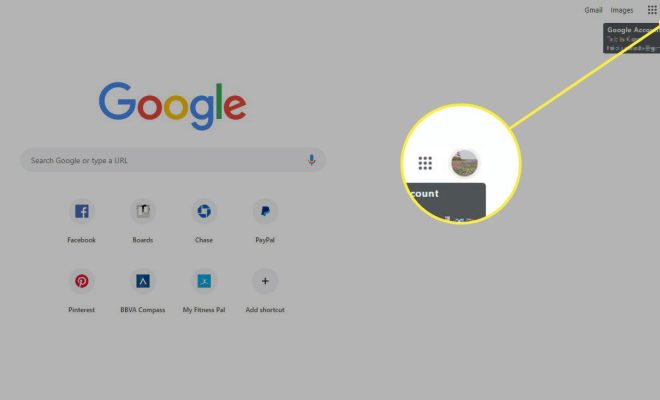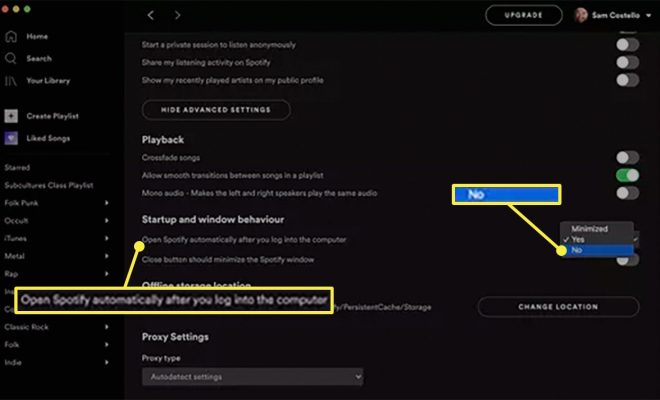What Is USSD?

USSD stands for Unstructured Supplementary Service Data, a technology used by mobile network operators to provide quick and easy access to various services through a short code. USSD is a real-time and session-based protocol, which means that it allows users to interact with services in real-time and in a session-like manner.
How Does USSD Work?
USSD works by sending short code commands from a mobile device to the mobile network operator’s server. The server then responds with the requested information or action, which is displayed on the user’s mobile device. This happens in real-time and is done through a session that is started when the user sends the initial USSD command.
USSD commands are typically dialed in a specific format, such as *123# or 1011#, and are used to access a variety of services, such as checking account balance, topping up airtime, subscribing to a service, and more. USSD is a simple and convenient way to access services, as it does not require any additional software or internet connection.
Advantages of USSD
One of the main advantages of USSD is its simplicity and convenience. USSD commands can be dialed from any mobile device, including feature phones, and do not require any additional software or internet connection. This makes USSD a widely accessible technology that can be used by anyone with a mobile device.
USSD is also a real-time and session-based protocol, which means that users can interact with services in real-time and in a session-like manner. This makes USSD ideal for time-sensitive services, such as mobile banking, where real-time access to account information and transactions is critical.
Disadvantages of USSD
One of the main disadvantages of USSD is its limited functionality compared to other technologies, such as mobile apps or internet-based services. USSD commands are limited in terms of the amount of information they can display, and are typically used for simple services, such as checking account balance or topping up airtime.
USSD is also limited by the mobile network operator’s infrastructure, which can affect the speed and reliability of USSD services. In areas with poor network coverage or slow network speeds, USSD commands may take longer to process or may not work at all.
Conclusion
In conclusion, USSD is a simple and convenient technology used by mobile network operators to provide quick and easy access to various services through a short code. USSD is a real-time and session-based protocol, making it ideal for time-sensitive services, such as mobile banking. While USSD has its limitations compared to other technologies, it remains a widely accessible and reliable option for accessing services through a mobile device.






